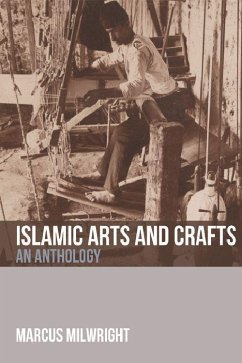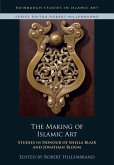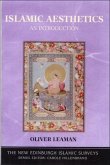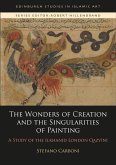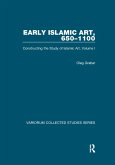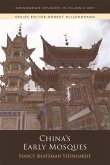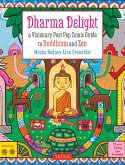'Marcus Milwright's comprehensive book brings a welcome renewed focus on diverse artisans, techniques, and materials of Islamic arts. Scholars and students alike will benefit from the thoughtful introductory essays and a rich array of primary sources representing a vast chronological and geographic scope, which illuminates key issues in the field today.' Glaire D. Anderson, University of North Carolina at Chapel Hill A primary sourcebook for the study of traditional art and craft practices of the Islamic world Islamic art is justly famed for its technological sophistication, varied approaches to ornament, and innovative employment of the written word. But what do we know about the skilled artisans who spent their lives designing and creating the paintings, objects and buildings that are so admired today? This anthology of written sources (dating from the seventh to the twentieth centuries) explores numerous aspects of the crafts of the Middle East from the processing of raw materials to the manufacture of finished artefacts. It covers the legal and ethical dimensions of the arts and crafts, the organisation of labour in urban and rural contexts, the everyday lives of artisans, the gendered dimensions of making things, and the impact of industrialisation upon traditional methods of manufacture. Each chapter begins with an introduction providing a wider context for the primary sources. There are also suggestions for further reading. Key Features . Provides a clearly structured means to studying descriptions of techniques employed in the arts and crafts and of the lives of artisans (male and female) in the Islamic world from the seventh to the twentieth centuries . The primary sources address the interests of students in a wide range of disciplines, including art history, archaeology, anthropology and ethnography . New translations are presented of significant primary accounts written in Arabic, German and French . Illustrated with maps, plans and images of Islamic arts and crafts Marcus Milwright is Professor of Art and Archaeology in the Department of Art History and Visual Studies at the University of Victoria, BC, Canada. He is the author of The Fortress of the Raven: Karak in the Middle Islamic Period (2008), An Introduction to Islamic Archaeology (Edinburgh University Press, 2010) and The Dome of the Rock and its Mosaic Inscriptions (Edinburgh University Press, 2016). Cover images: a skilful Arab weaver and his primitive loom weaving the finest of Syrian silk. Courtesy of the Library of Congress Prints and Photographs Division Washington. Cover design: [EUP logo] edinburghuniversitypress.com ISBN (cover): 978-1-4744-0919-3 ISBN (PPC): 978-1-4744-0916-2 Barcode

